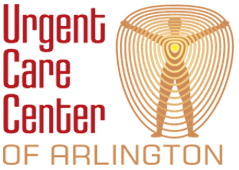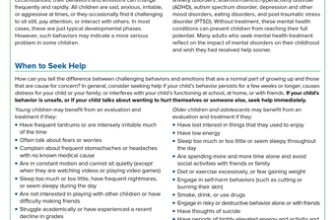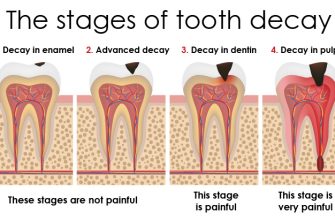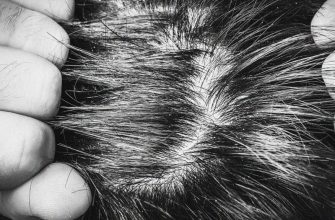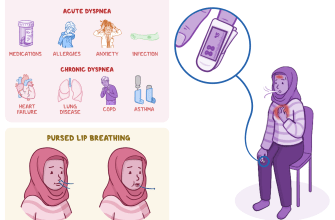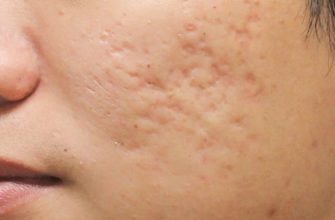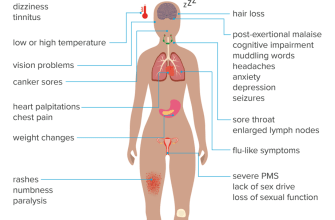Cramping is a common and often painful experience that many people have encountered at some point in their lives. Whether it’s a muscle cramp, leg cramp, or any other type of cramp, the sudden and involuntary contraction of muscles can be quite uncomfortable. In this article, we will explore the causes of cramping and discuss various ways to treat and prevent it.
Causes of Cramping
Cramping can occur due to a variety of reasons. Understanding the underlying causes can help in finding effective treatment and prevention strategies. Some common causes of cramping include:
- Dehydration: When the body lacks sufficient fluids, it can lead to muscle cramps. This is especially common during intense physical activity or in hot weather.
- Electrolyte imbalances: Electrolytes such as potassium, calcium, and magnesium play a crucial role in muscle function. Imbalances in these minerals can result in cramping.
- Overuse or muscle fatigue: Engaging in repetitive motions or prolonged physical activity can strain the muscles, leading to cramps.
- Poor circulation: Inadequate blood flow to the muscles can cause cramping, particularly in the legs and feet.
- Nerve compression: When nerves are compressed or pinched, it can trigger muscle spasms and cramps.
How to Prevent Cramping
Prevention is always better than cure when it comes to cramping. By adopting certain habits and making lifestyle changes, you can significantly reduce the frequency and intensity of cramps. Here are some effective ways to prevent cramping:
- Stay hydrated: Drink plenty of fluids throughout the day, especially during physical activity or in hot weather. Water and electrolyte-rich beverages like sports drinks can help replenish lost minerals.
- Stretch regularly: Incorporate stretching exercises into your daily routine, focusing on the muscles prone to cramping. Stretching helps improve flexibility and reduces the risk of cramps.
- Warm-up before exercise: Prior to engaging in any physical activity, warm up your muscles with light exercises and stretches. This prepares the muscles for the upcoming exertion and reduces the likelihood of cramping.
- Ensure proper nutrition: Consume a balanced diet that includes foods rich in essential minerals like potassium, calcium, and magnesium. Leafy greens, bananas, nuts, and dairy products are excellent sources of these nutrients.
- Improve circulation: Avoid sitting or standing in one position for extended periods. Take breaks and move around to promote blood flow to the muscles.
Cramp Relief and Remedies
Despite taking preventive measures, cramps can still occur. When faced with a cramp, there are several remedies that can provide relief and alleviate the discomfort. Here are some effective ways to treat cramps:
- Stretch and massage: Gently stretching and massaging the affected muscle can help relax it and relieve the cramp. Apply gentle pressure and hold the stretch for a few seconds until the cramp subsides.
- Apply heat or cold: Applying a warm compress or taking a warm bath can help relax the muscles and provide relief. Alternatively, a cold pack or ice wrapped in a cloth can numb the area and reduce pain.
- Over-the-counter pain relievers: Nonsteroidal anti-inflammatory drugs (NSAIDs) like ibuprofen can help alleviate pain and reduce inflammation associated with cramps. However, it’s important to follow the recommended dosage and consult a healthcare professional if necessary.
- Hydrate and replenish electrolytes: If the cramp is due to dehydration or electrolyte imbalance, drinking water or consuming electrolyte-rich beverages can help restore the body’s fluid and mineral levels.
Muscle Cramp Treatment
In some cases, cramps may require medical intervention, especially if they are severe, frequent, or persistent. If home remedies and preventive measures do not provide relief, it is advisable to consult a healthcare professional. They can assess the underlying cause of the cramps and recommend appropriate treatment options. These may include:
- Prescription medications: In certain situations, muscle relaxants or other medications may be prescribed to alleviate cramps.
- Physical therapy: A physical therapist can help identify muscle imbalances, provide targeted exercises, and suggest techniques to prevent cramping.
- Underlying condition management: Cramps can sometimes be a symptom of an underlying medical condition such as peripheral artery disease or nerve disorders. Treating the underlying condition can help alleviate cramps.
It’s important to note that while cramps can be uncomfortable and painful, they are usually not a cause for concern. With proper prevention strategies and timely treatment, cramps can be effectively managed. However, if cramps are accompanied by severe pain, swelling, or other concerning symptoms, it is crucial to seek medical attention promptly.
In conclusion, cramping is a common occurrence that can be caused by various factors such as dehydration, electrolyte imbalances, muscle fatigue, poor circulation, and nerve compression. By adopting preventive measures like staying hydrated, stretching regularly, and ensuring proper nutrition, cramps can be significantly reduced. In case of a cramp, remedies such as stretching, applying heat or cold, and taking over-the-counter pain relievers can provide relief. If cramps persist or are severe, medical intervention may be necessary. Remember to consult a healthcare professional for proper diagnosis and treatment.
